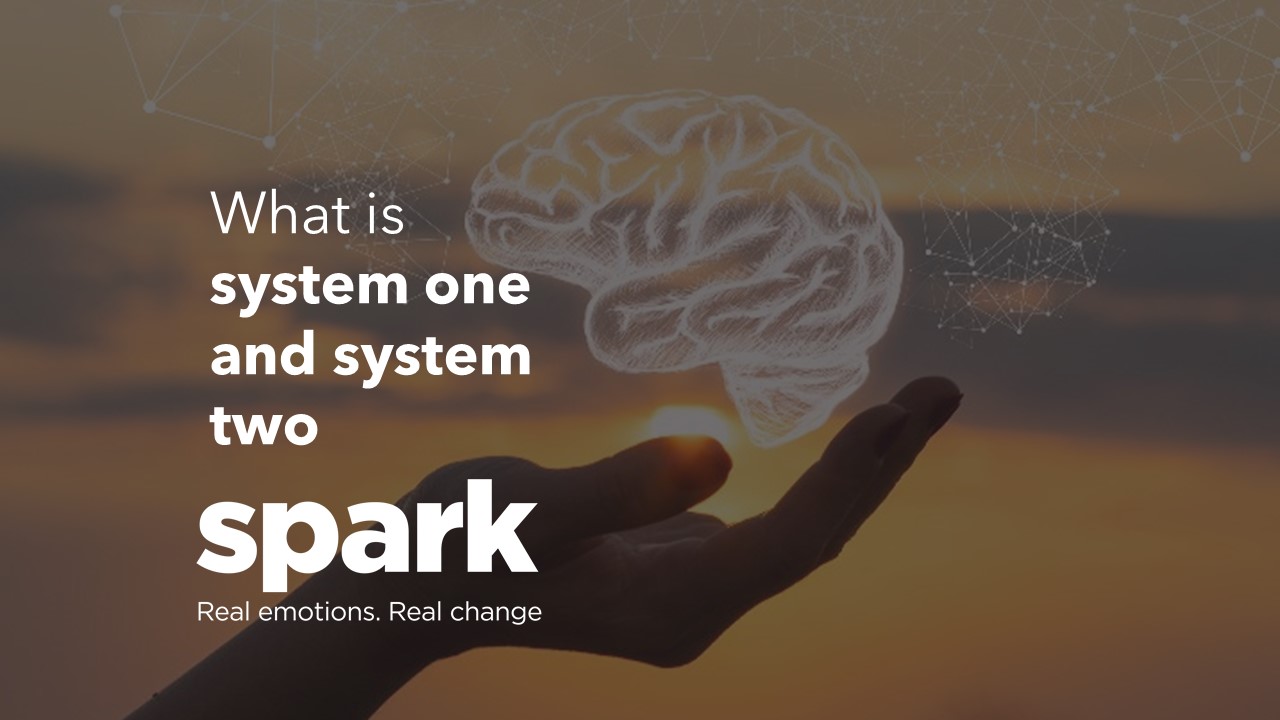Have you ever been driving or doing your supermarket shop and after the event realise you did it without concentrating?
When we are doing something that we do very often, and therefore, does not require much concentration, our brain is on ‘auto- pilot’ mode. Psychologists have called this way of thinking ‘System 1’, an automatic, faster and more instinctive thought process. This is in contrast to the alternative ‘System 2’ way of thinking, which is a slower, more deliberate and considered mode of thinking.
Cast your mind back to when you were learning to drive. You had to really concentrate on each manoeuvre, how to find the biting point with the clutch, and when to change gear. During this time, you were using System 2 style thinking to complete each of those moves. However, once you have been driving for a while, you don’t need to think about each action, you just do it instinctively, this means you have switched to using System 1 thinking when you drive.
This is a similar pattern to how we think when we are shopping. Some purchases, like buying milk, mainly use System 1, because they don’t require a lot of attention. We buy it regularly and know which one we want, so we put it in the trolley without much thought. These decisions are easy and effortless. However, when we need to make a decision about a product we rarely buy, such as a new washing machine or a new car, we take the time to consider the alternatives, the pros and cons, and the features and benefits, initiating mainly System 2. These thought processes take longer, are calculated, and use logic to come to a decision.
As a brand, it’s important to design your fixture around the type of shopper that will be buying your product. If your product is something that System 1 shoppers are buying, such as baked beans or bread, the fixture needs to make it quick and easy to identify the product and clearly see its features. This can be done through effective packaging, distinctive logos, and clear labels; aiding a ‘grab-and-go’ culture.
Understanding cognitive biases, such as System 1 and System 2, is crucial to understanding your customers better. To learn more about the brain, please click here for more articles on why we behave as we do or get in touch with us here.






5 thoughts on “What is System one and System two”